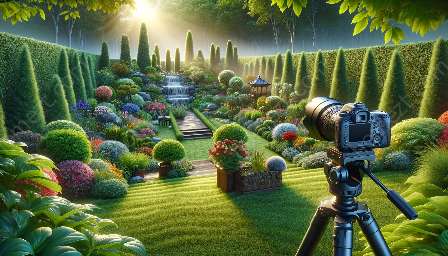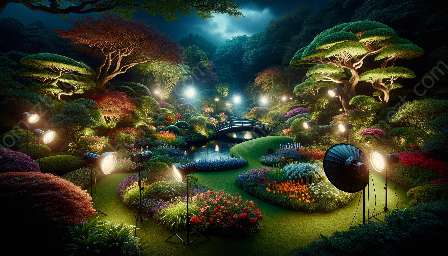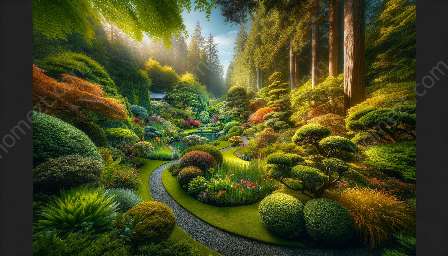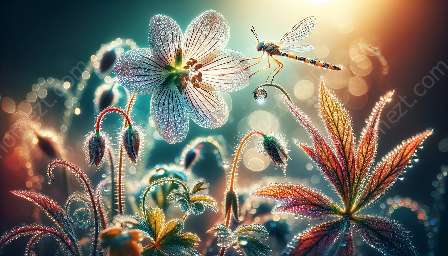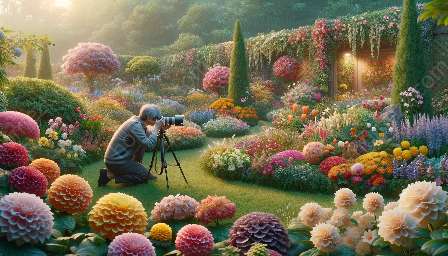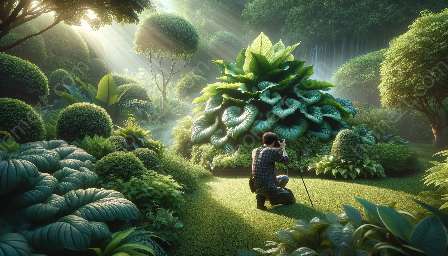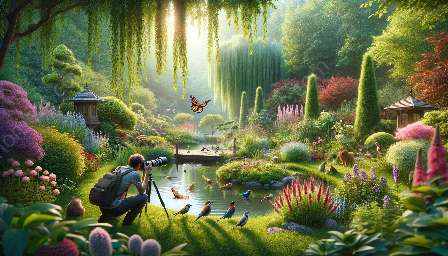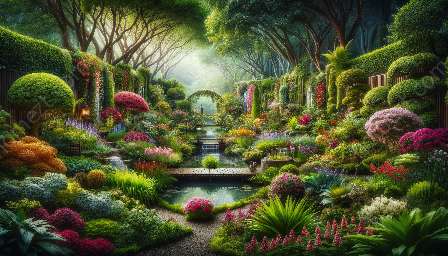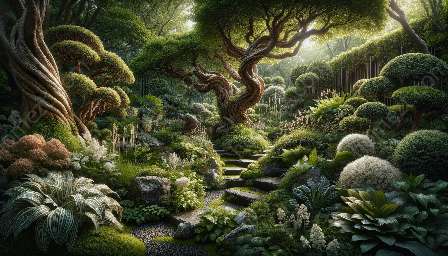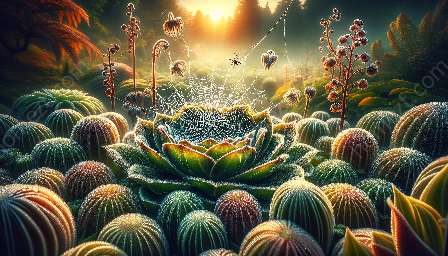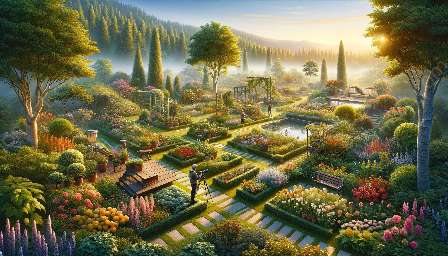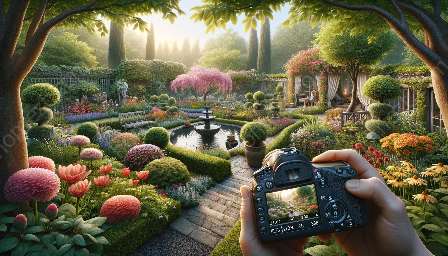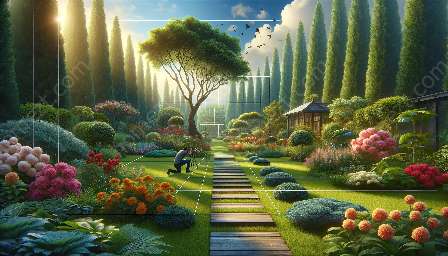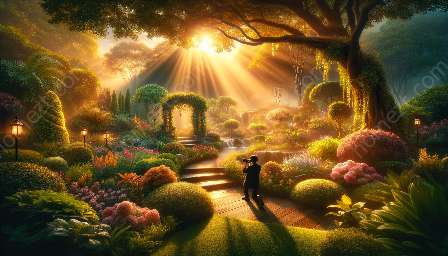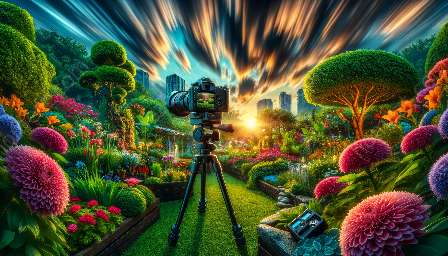Introduction to Camera Settings for Garden Photography
Gardens offer a unique and beautiful setting for photography, with their vibrant colors, intricate details, and dynamic landscapes. Capturing the essence of a garden through photography requires careful consideration of camera settings to ensure the best possible results. In this comprehensive guide, we will explore the essential camera settings for garden photography, providing valuable insights and practical tips for capturing stunning images of gardens and landscaping.
Understanding Your Camera Settings
Before delving into specific camera settings for garden photography, it's important to have a good understanding of the basic functions of your camera. Familiarize yourself with the various controls and options available, including aperture, shutter speed, ISO, white balance, and focus settings. Each of these settings plays a crucial role in determining the outcome of your garden photography, and understanding how they interact with each other will empower you to make informed decisions when capturing garden scenes.
Aperture Settings
The aperture setting on your camera controls the size of the lens opening, which directly impacts the depth of field in your photographs. When photographing gardens, a wider aperture (small f-number) can create a beautiful bokeh effect, blurring the background and emphasizing the main subject, such as a delicate flower or intricate foliage. Conversely, a narrower aperture (large f-number) can be used to capture sharp details throughout the entire scene, ideal for showcasing the intricate patterns and textures present in garden landscapes.
Shutter Speed Settings
Adjusting the shutter speed allows you to control the amount of light entering the camera and capture movement within the garden environment. For stationary subjects, such as flowers and architectural features, a slower shutter speed can be used to create a sense of tranquility and softness in the images. On the other hand, faster shutter speeds are essential for freezing the motion of dynamic elements in the garden, such as fluttering butterflies or swaying branches, preserving their natural beauty in a still image.
ISO Settings
The ISO setting determines the camera's sensitivity to light, with higher ISO values allowing for better performance in low-light conditions. When photographing gardens, it's important to find the right balance between ISO and image quality, as excessive ISO settings can introduce digital noise and reduce the overall sharpness of the photographs. Experiment with different ISO values to find the optimal setting for your garden photography, taking into account the available light and desired image aesthetics.
White Balance Settings
White balance controls the color temperature of your photographs, ensuring accurate and natural-looking colors in varying lighting conditions. Gardens offer a wide range of colors and tones, from lush greens to vibrant blooms, and adjusting the white balance settings can help you effectively capture the true essence of the garden environment. Experiment with different white balance presets or manually adjust the color temperature to achieve accurate and visually appealing results in your garden photography.
Focus Settings
Choosing the right focus settings is crucial for achieving sharp and well-defined images in garden photography. Depending on your creative vision and the specific elements you want to highlight, you can utilize different focus modes, such as single-point autofocus or manual focus, to precisely capture the details and intricacies of the garden landscape. Pay attention to the focal points within the scene and use the appropriate focus settings to ensure optimum sharpness and clarity in your photographs.
Practical Tips for Garden Photography
- Pay attention to the natural light conditions in the garden and adjust your camera settings accordingly to achieve well-exposed and balanced photographs.
- Explore different angles and perspectives to capture the unique beauty of garden landscapes, from sweeping panoramas to close-up macro shots of individual flowers and plants.
- Experiment with creative techniques such as long exposures to capture the mesmerizing movement of flowing water or gently swaying foliage in the garden environment.
- Utilize accessories such as tripods and remote shutter releases to maintain stability and precision when capturing intricate details and dynamic scenes in the garden.
- Be mindful of composition principles, such as leading lines, framing, and symmetry, to create visually compelling and impactful garden photographs.
Conclusion
Mastering the art of garden photography involves a deep appreciation for the natural beauty and diverse elements present in garden landscapes. By understanding and optimizing your camera settings, you can elevate your photography skills and capture the essence of gardens and landscaping in captivating and inspiring images. Embrace the creative opportunities offered by garden photography, and let your camera settings become tools for conveying the splendor and allure of the natural world through your lens.
Explore More
For additional insights and inspiration on garden photography, explore our comprehensive collection of articles, tutorials, and resources dedicated to the art of capturing nature's beauty through the lens. Whether you are an experienced photographer or an enthusiastic beginner, there is always something new to discover and learn in the captivating world of garden photography.

